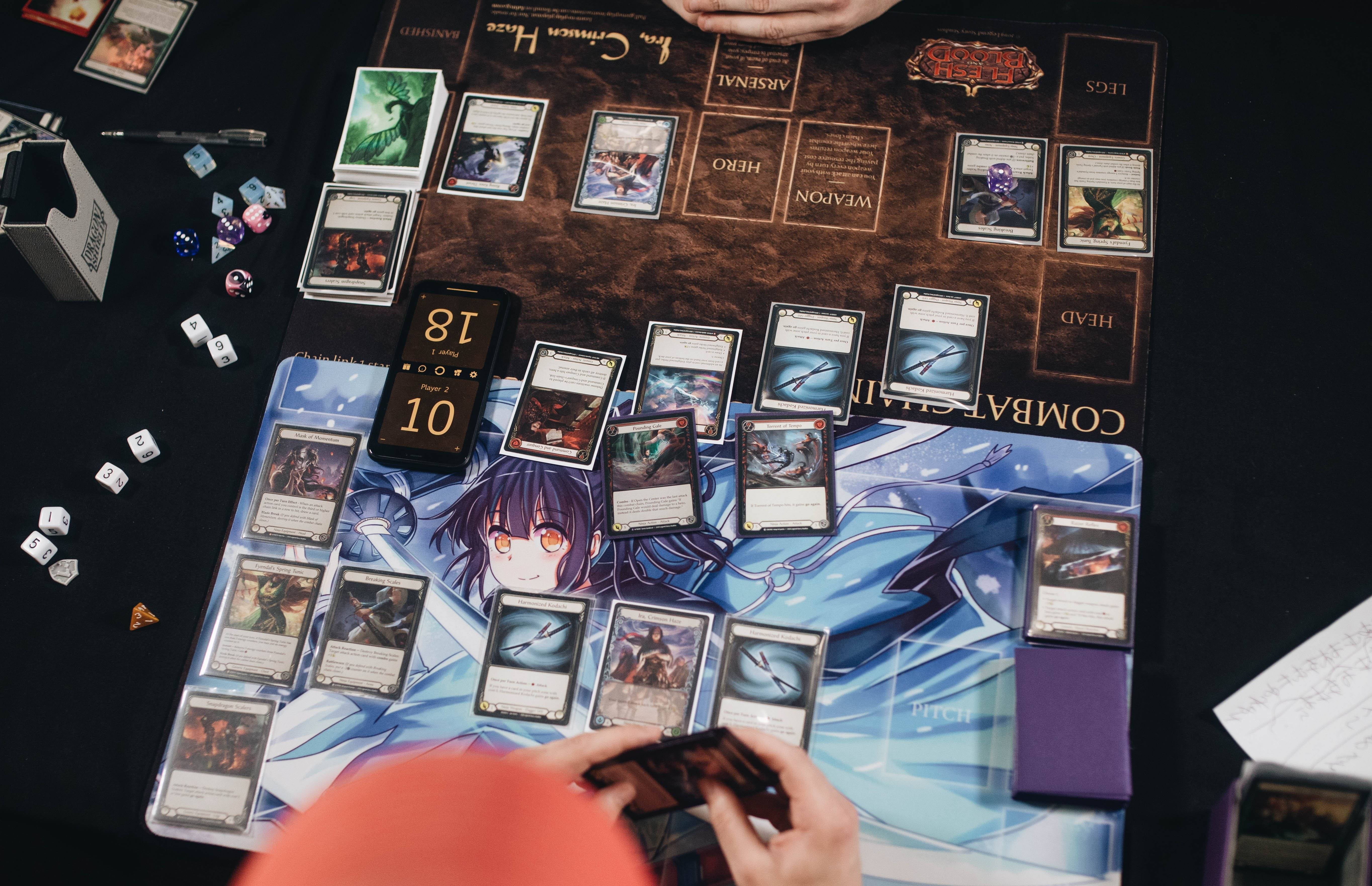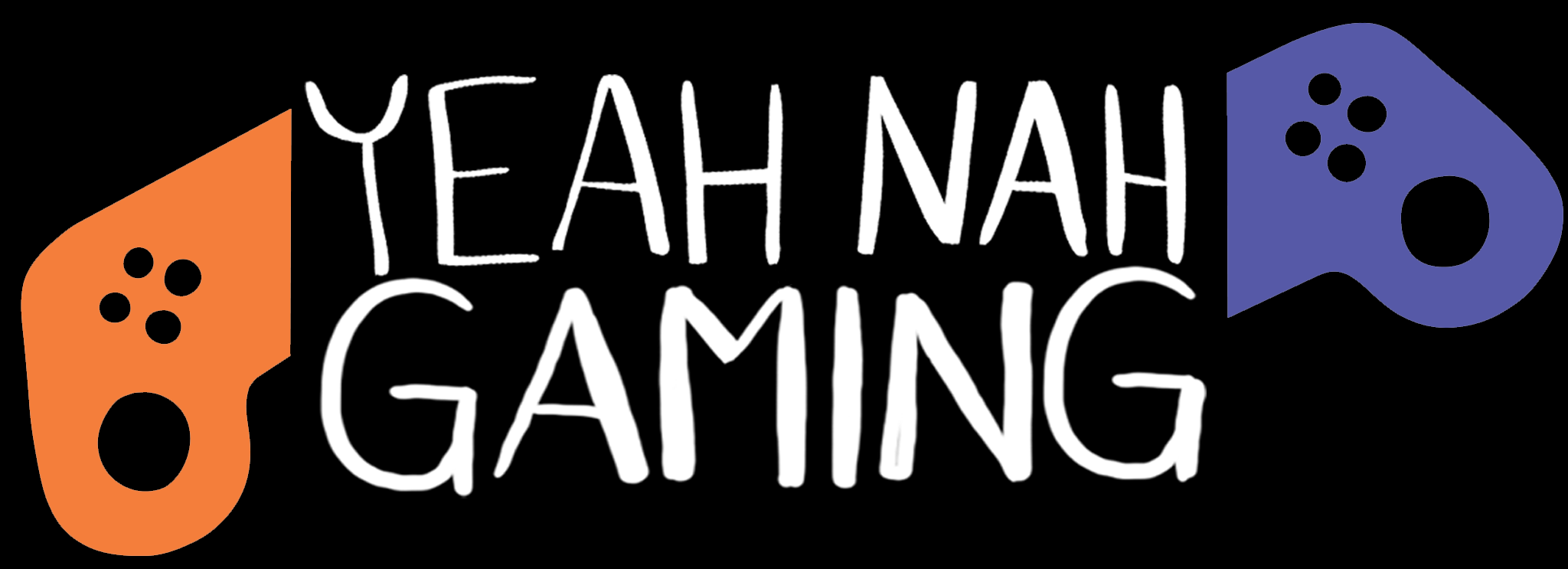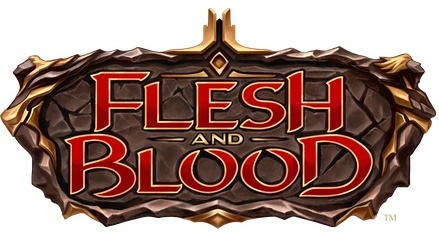Magic: the Gathering has been going on for 30 years, and despite being alive that whole time, I only started to dabble with it this year. Doing some poking around, I discovered there is a cool new TCG that has popped up from Aotearoa, Flesh and Blood. So I wanted to take it for a spin and see if this card game made in little New Zealand was worth checking out.
What’s it like?

What’s interesting is the way the game works. Instead of playing creatures to essentially protect your health, in this game, you put a hero down and try to keep them alive. You start the game with your hero and the equipment you want them to equip. Then, as the game goes on, people chip away at their health using attacks.
It’s surprising the difference the tone of the game makes. In many ways, it feels like playing most TCGs where you go turn-by- turn playing cards, and yet, it feels totally different.
How turns work
This was an area that took a bit to get my head around, but once you get it, it’s awesome. Basically, you get a turn to attack. Using the cards in your hand, you use some to pay for your attack, and the others you use for the attack or defense. The person whose turn it is throws an attack out there, and the opponent defends. Since you only get one attack, I thought this was going to be weird. It turns out that heaps of cards have an important keyword.
Initially, I thought this was going to be oddly slow, but thanks to a specific instruction on a lot of cards, ‘Go again, you wind up building up a chain of attacks. These are cool and absolutely key to the strategy because other actions on cards only activate if they are at certain parts of the chain. This can be the difference between a mediocre or devastating attack.
Defense is key as well, because a lot of card abilities also rely on things like an attack landing. If you stop their attack from getting through to your hero, that might stop them from getting a big bonus, like picking up a couple more cards.
So, how hard is it?

In the context of MTG, in some ways, it’s easier. Things like the turn structure are less overly complicated, and without the 30 years of mechanics changes, it doesn’t require Googling. What it says on the card, it does.
The game is more of a challenge when it comes to kicking off strategies with where and when you play your cards. This is a good thing because it adds depth to the game, not with obscure rules but with the way you and your opponents play.
Would I recommend it?
Thus far, yes. I played with a couple of the Ira welcome decks, which you can pick up for free from your LGS or even print out the cards yourself so you can dabble and see if it’s your jam. Given that the price point is so much lower than most TCGs, I am certainly intrigued to check it out. Since the Ira welcome deck isn’t big enough to play the popular format Blitz, I can’t say how the game plays at the LGS until I get a Blitz deck to play, but thus far, I am impressed.
Also, the art is bloody fantastic.


1 Comment
Pingback: Yeah Nah Gaming – 2024 Christmas Gift Guide - Yeah Nah Gaming